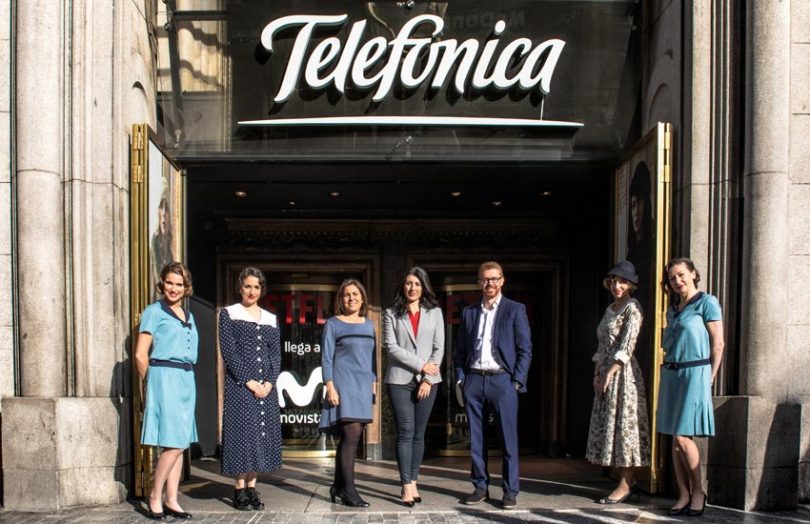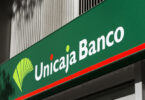Spain’s Alastria consortium, which boasts more than 500 member organizations, has partnered with Telefónica to build an enterprise blockchain network based on Hyperledger Fabric. The consortium prefers to be blockchain agnostic. However, to date, it has built two networks on different versions of enterprise Ethereum – Quorum and Hyperledger Besu.
There will be two versions of the Fabric network provided by Telefónica. One will be an open shared network available at no cost to Alastria members and is intended for proofs of concept and low demand solutions. The other is a closed platform for heavier load applications where Telefónica will commit to service levels such as availability, scalability and performance.
Telefónica is a founding member of Alastria and also a member of the Hyperledger alliance, part of the Linux Foundation.
“The new network is an alternative for some partners who need to deploy their decentralized applications with demanding and personalized service levels that until now could not be guaranteed with collaborative operating models,” said José Luis Núñez, head of the Blockchain unit at Telefónica Tech.
“What we seek in collaboration with Alastria is to add more value to the ecosystem by offering them options both to explore and develop their solutions in a collaborative environment and to later industrialize them with guarantees.”
One of the more interesting aspects of the announcement relates to interoperability. Telefónica will provide native interoperability with the existing Ethereum networks on Alastria as well as the European Blockchain Service Infrastructure (EBSI) being built by the EU. Additionally, it will incorporate Alastria ID.
“Innovation, inclusion and collaboration between the partners are reinforced with this agreement,” said Montse Guardia, General Manager of Alastria.
To date, Telefónica’s blockchain activities might be divided into two areas. First is providing blockchain hosting services and its own TrustOS, which is a combination of middleware and blockchain as a service. An important part of TrustOS came from partnering with startup Ocyan. Middleware, by definition, adds a layer between external applications or data and the blockchain. And blockchain middleware usually integrates with multiple blockchain flavors. Hence, this is likely the explanation for the interoperability promised.
The second Telefónica activity area is the use of blockchain by telecoms firms for roaming agreements and payments.






